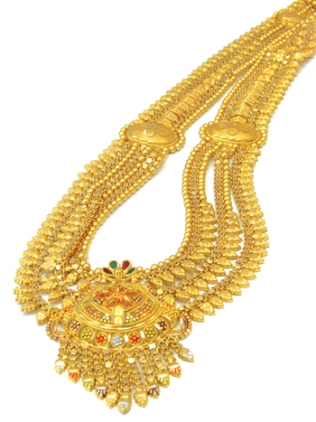Relationships Add the Most Value to Retail
March 03, 13
 |
Over the millennia, this has led to a devaluation of the product itself as the consumer has not really developed a strong desire to own jewelry as much as possess a certain quantity of gold. This is now beginning to turn on the jewelry retail community as it realizes that unlike in the past, simply possessing a quantity of gold is no longer an assurance of business to come.
Understanding the consumer and building a relationship is something the successful new-format retailers have worked very hard at. The ones who haven’t are today bleeding financially. Surprisingly, the segment that has understood this best is the oldest, most traditional retailers in the country – the kiranawallas or the local mom-and-pop grocery store.
This segment has such a strong customer relationships that even global giants like Wal-Mart who are set to enter India shortly, don’t have much prospect of denting the market share of these small shops that are spread all over the country. The giants do, however, pose a significant threat to the jewelry retail community if it doesn’t work assiduously at better understanding the consumer and what he or she really wants.
Too often jewelry retailers have dismissed any idea of their businesses being in danger by blithely observing, “as long as there are women, we have a business.” Nothing could be further from the truth. As is clear now, even traditionally, while adornment has no doubt been important, the Indian woman’s primary connection to fine jewelry has more to do with its gold content than what it does for her either emotionally or in terms of beauty.
The very foundation of jewelry retail in the country, the Indian woman, is now evolving rapidly. A rapidly increasing number of women are entering the workforce. This not only gives them the acquisition of economic power, it alters their social status significantly. In many ways, Indian jewelry retail is looking at a completely new customer base. It doesn’t seem to have recognized this.
That recognition and a plan that will enable the retail community actively address the wants and needs of this altered customer base, is key to future survival and success. And as the mom-and-pops have demonstrated, this understanding and response does not involve elaborate consultation and analysis or huge capital outlay. It hinges on the simple but fundamental premise that selling is all about relationships. The product itself is something of a secondary consideration and the fabricating material matters least of all.
Relationships hold the most value in retail.